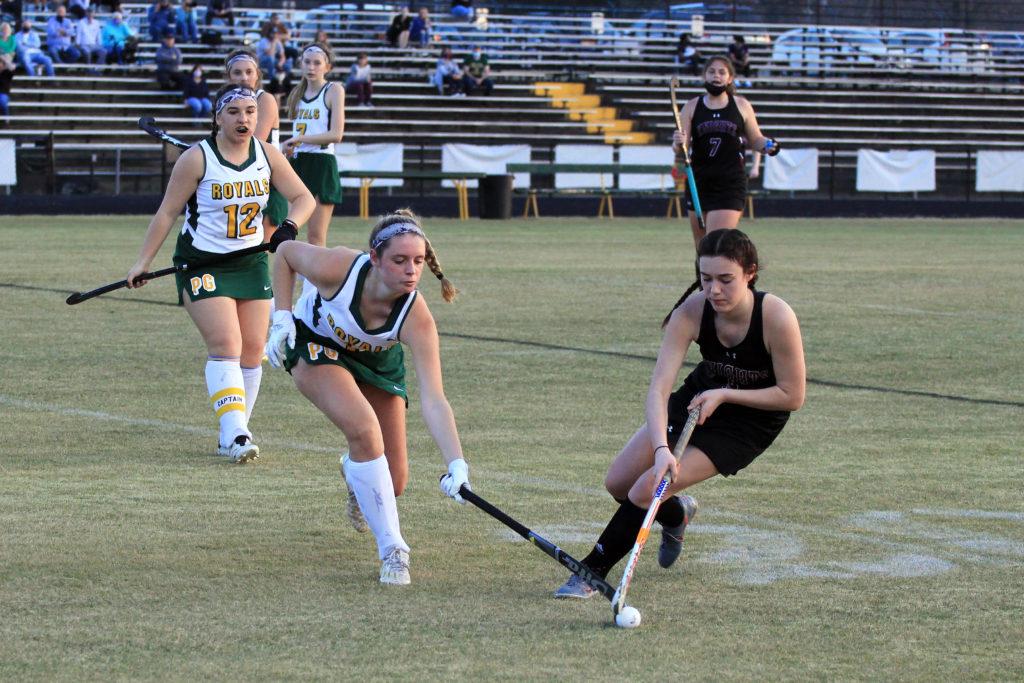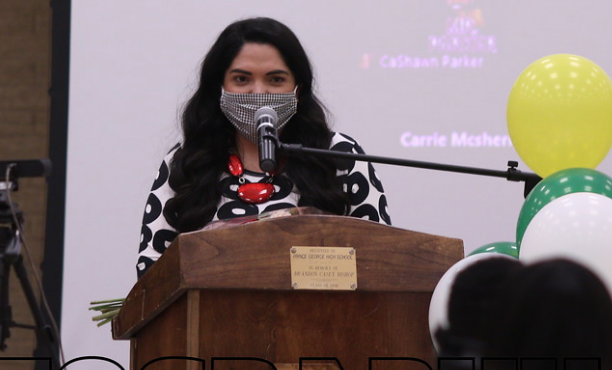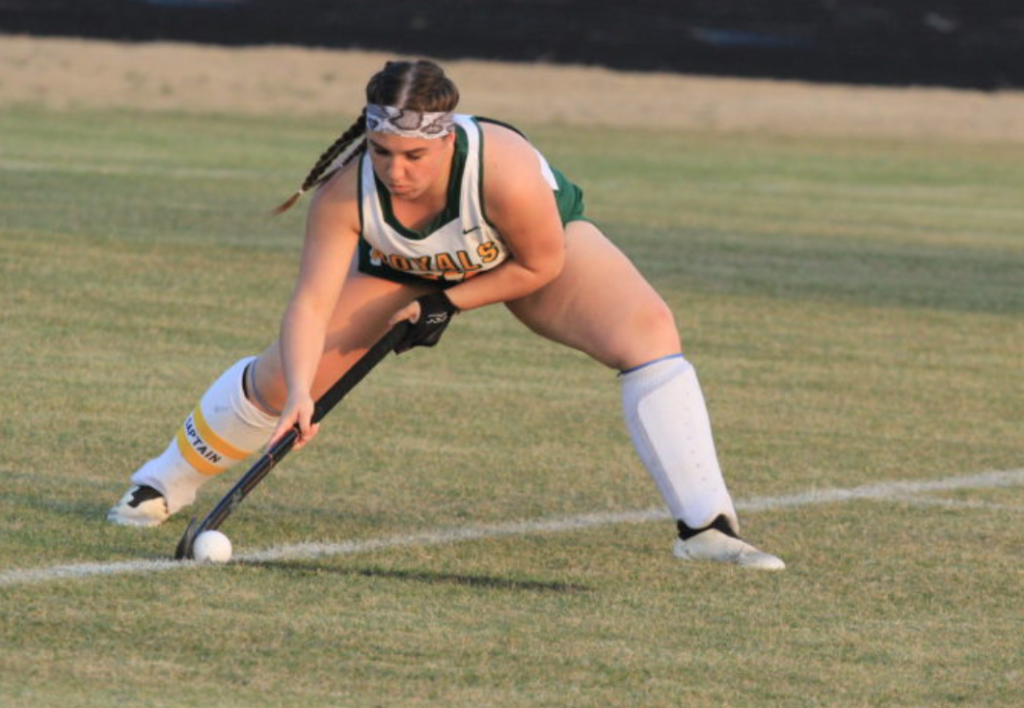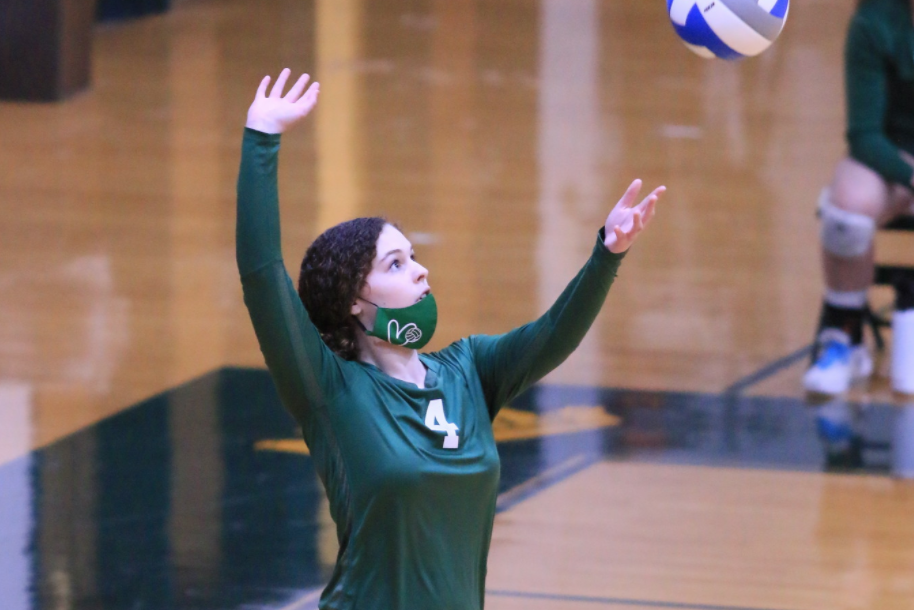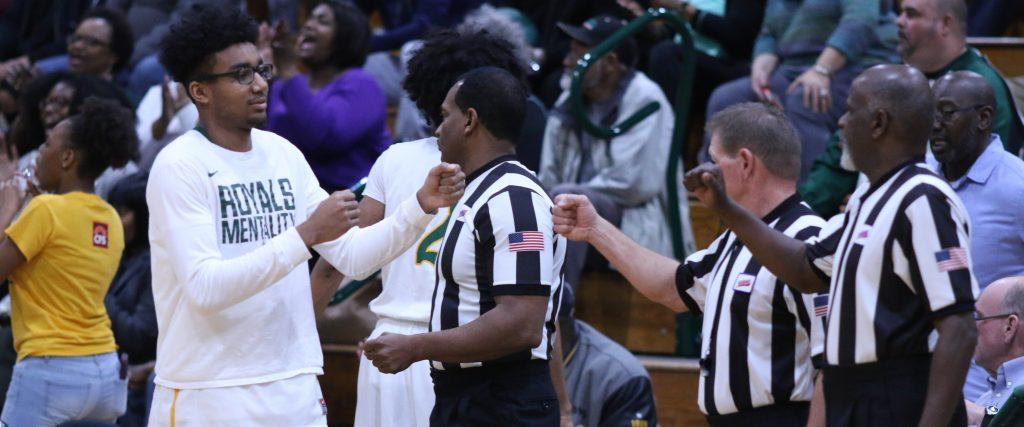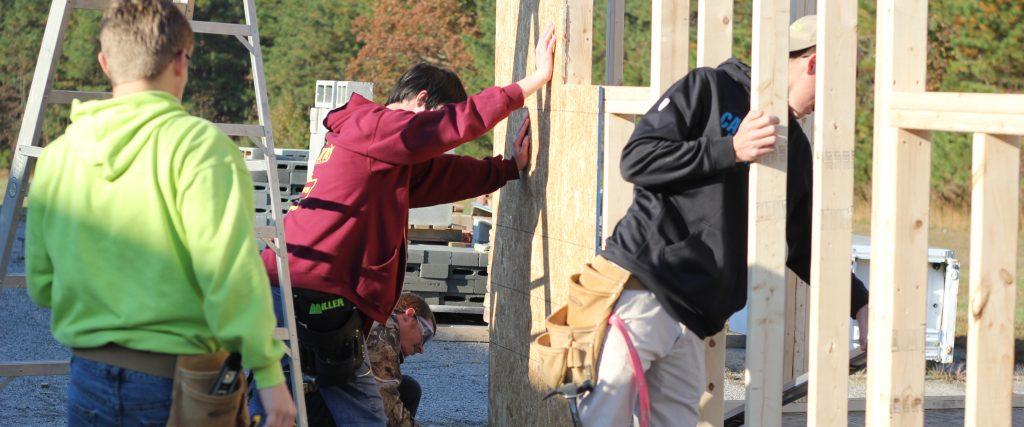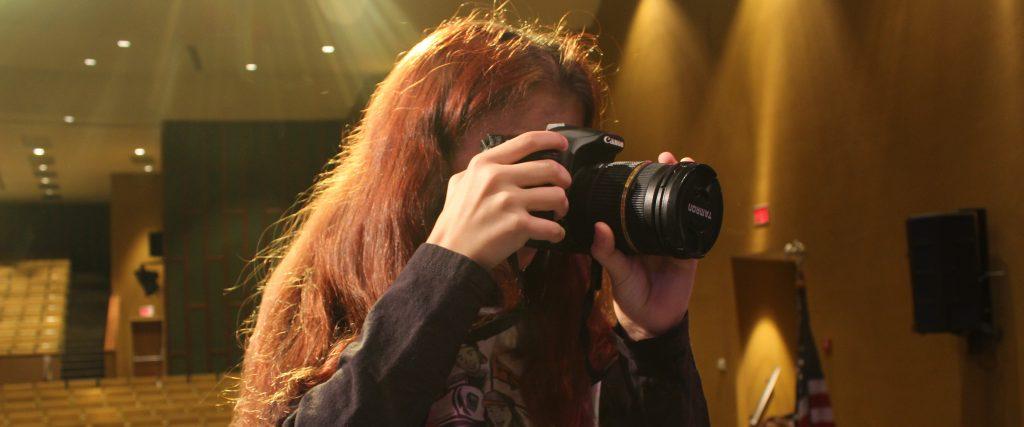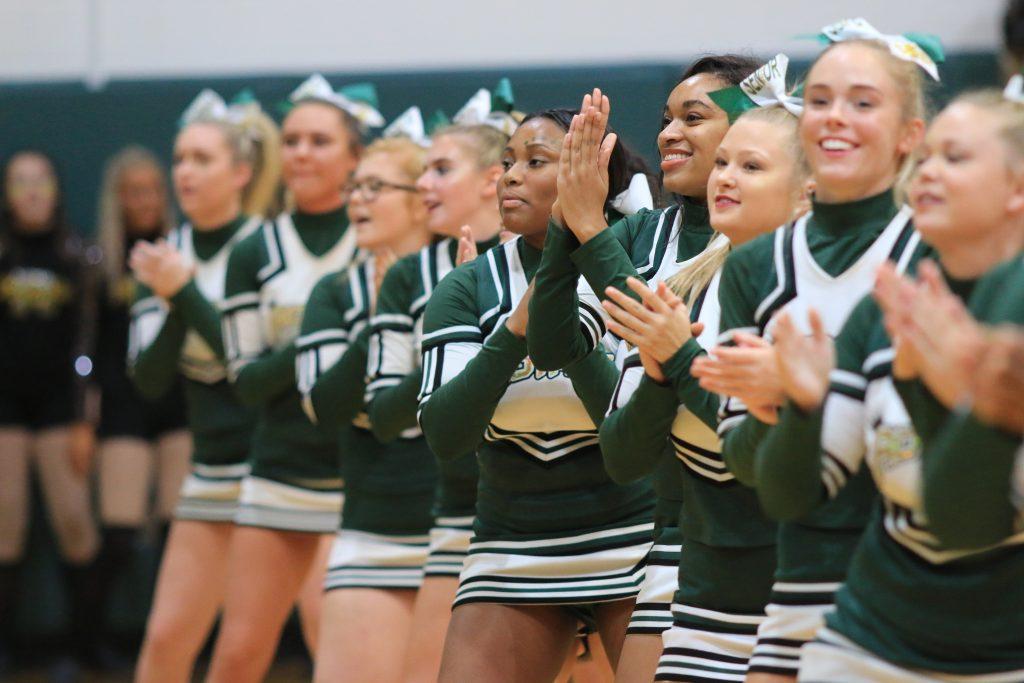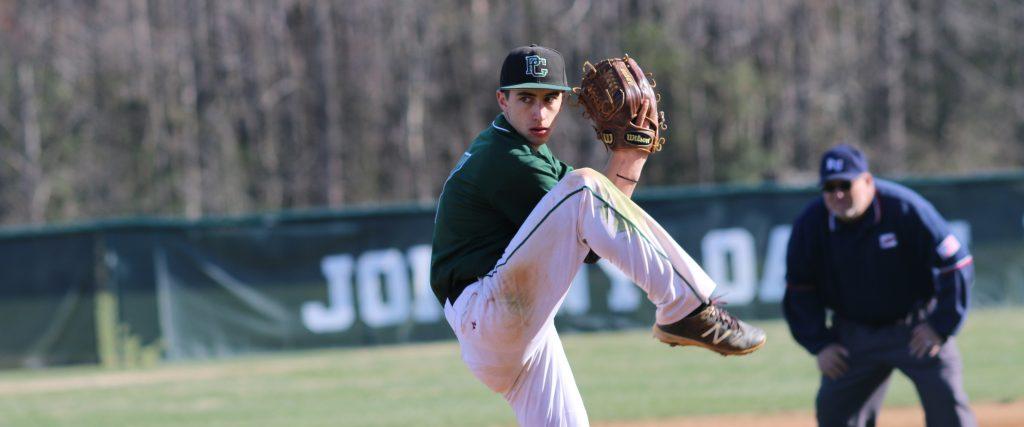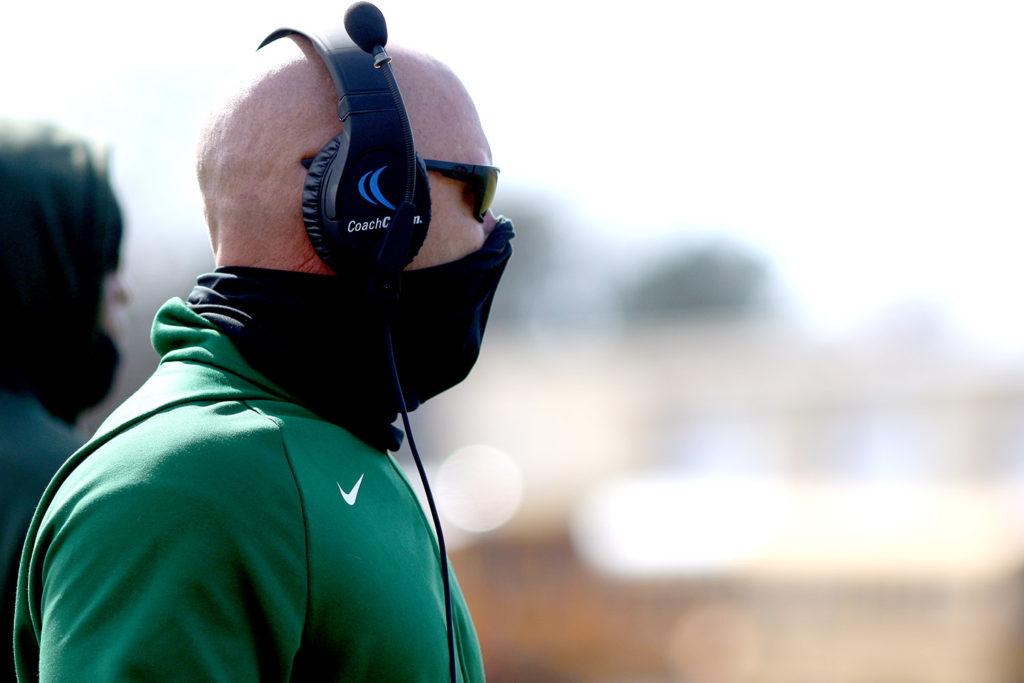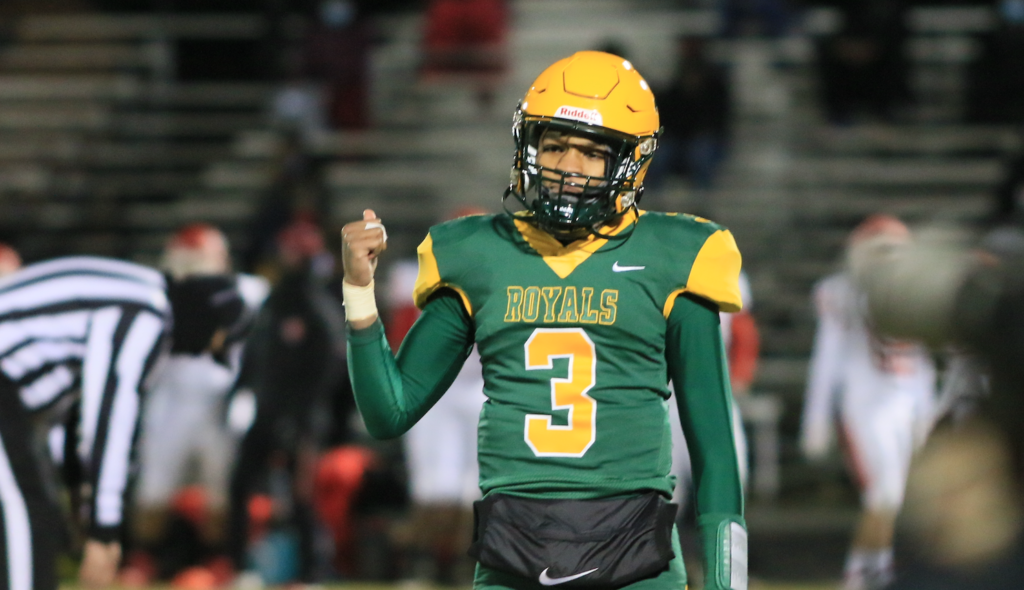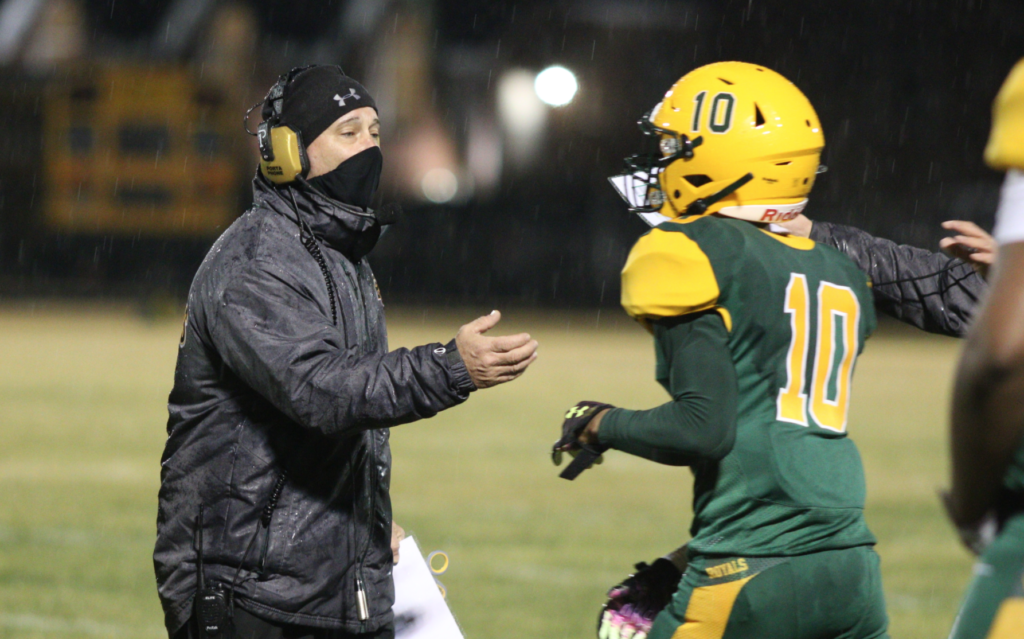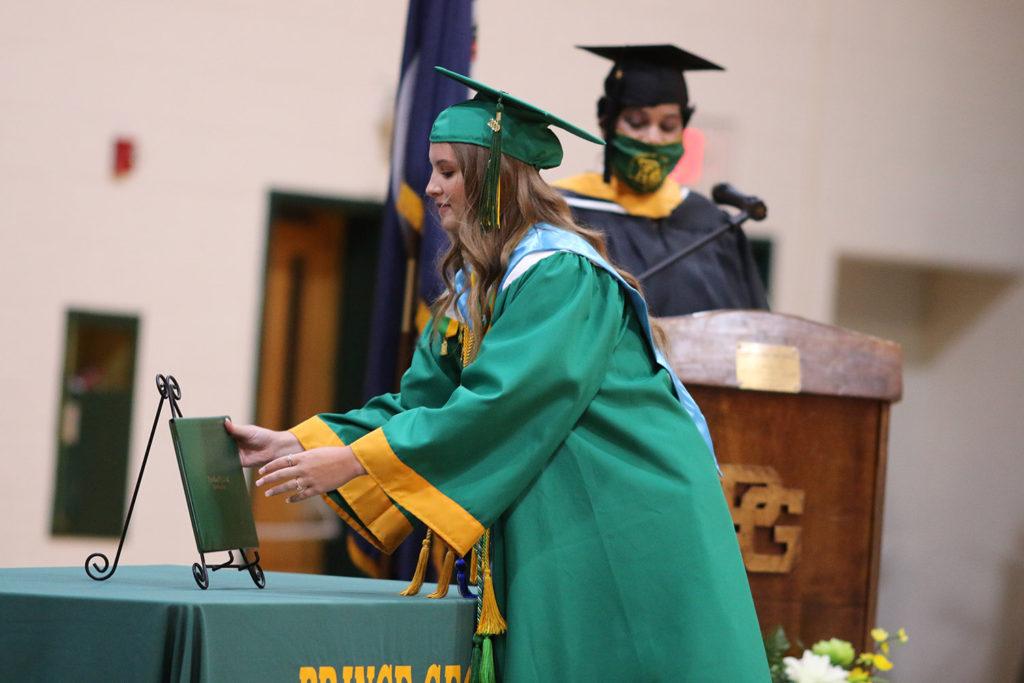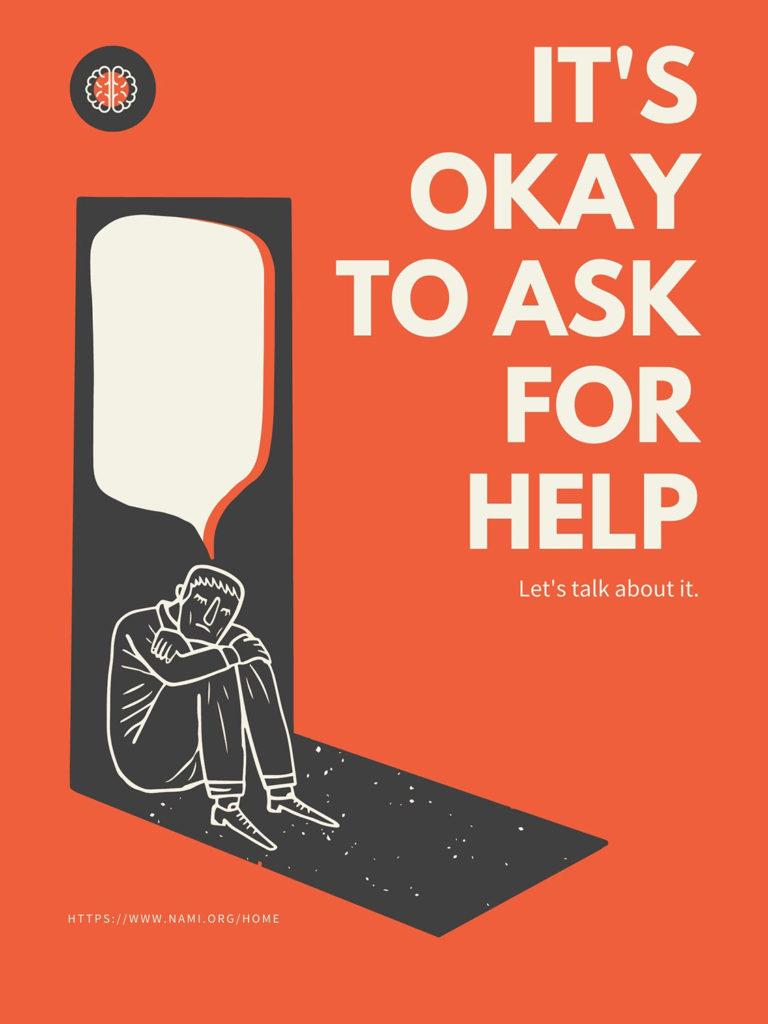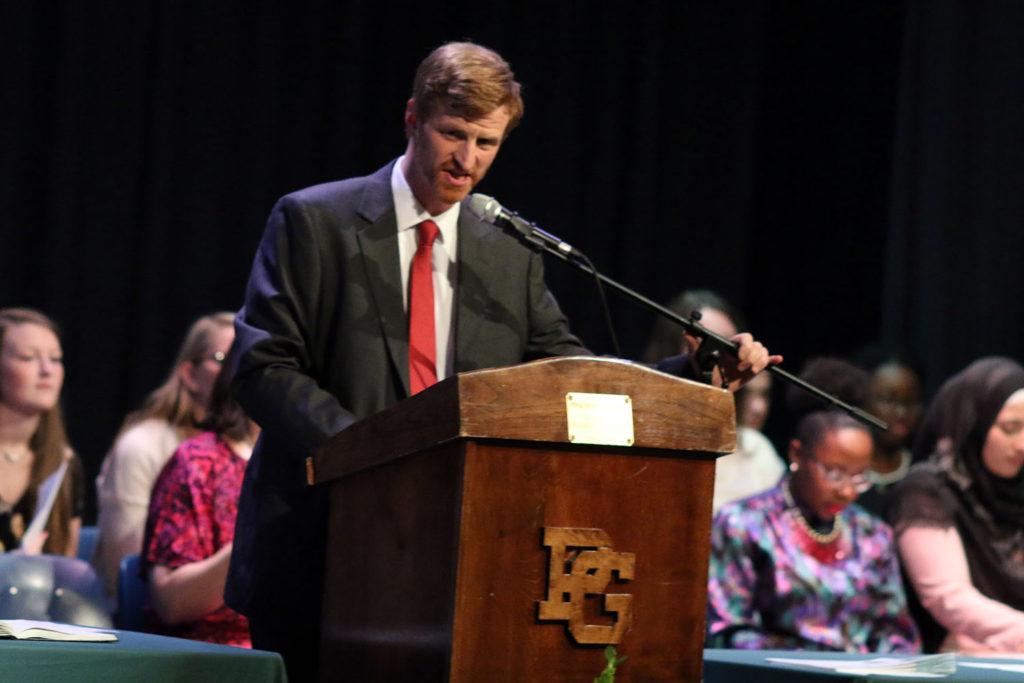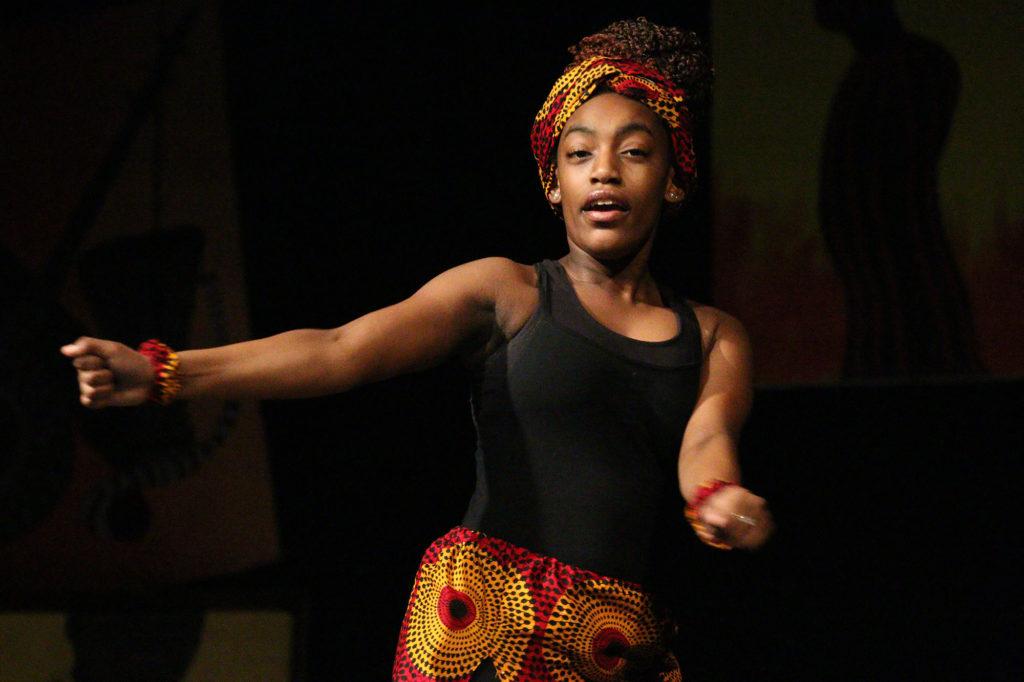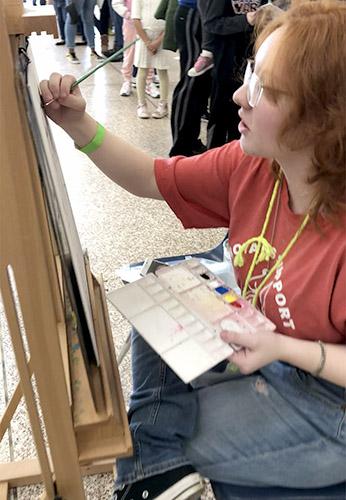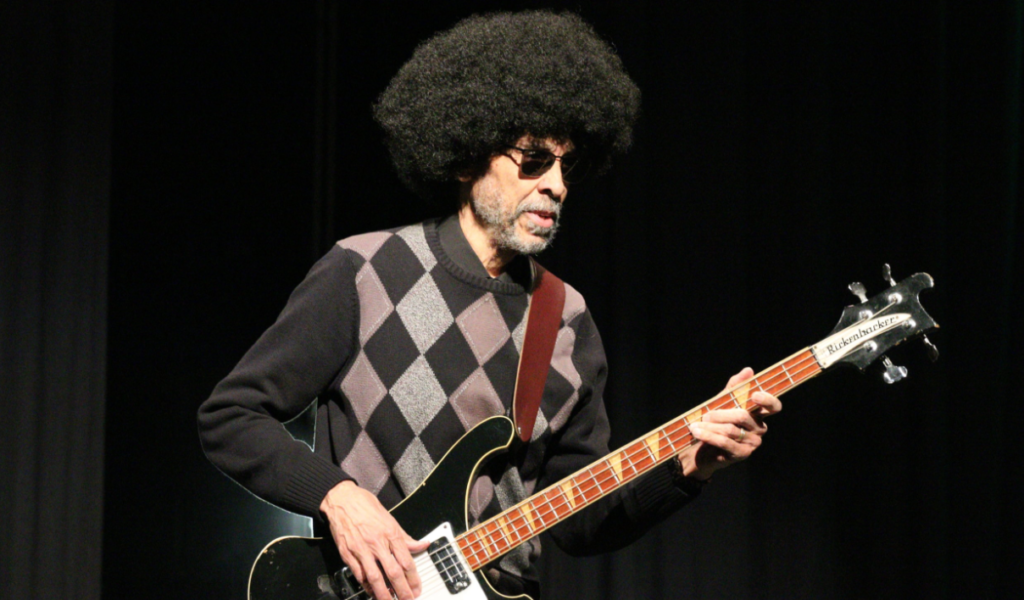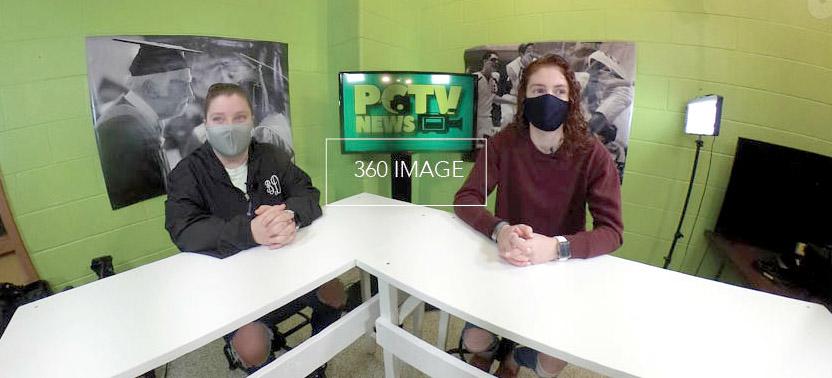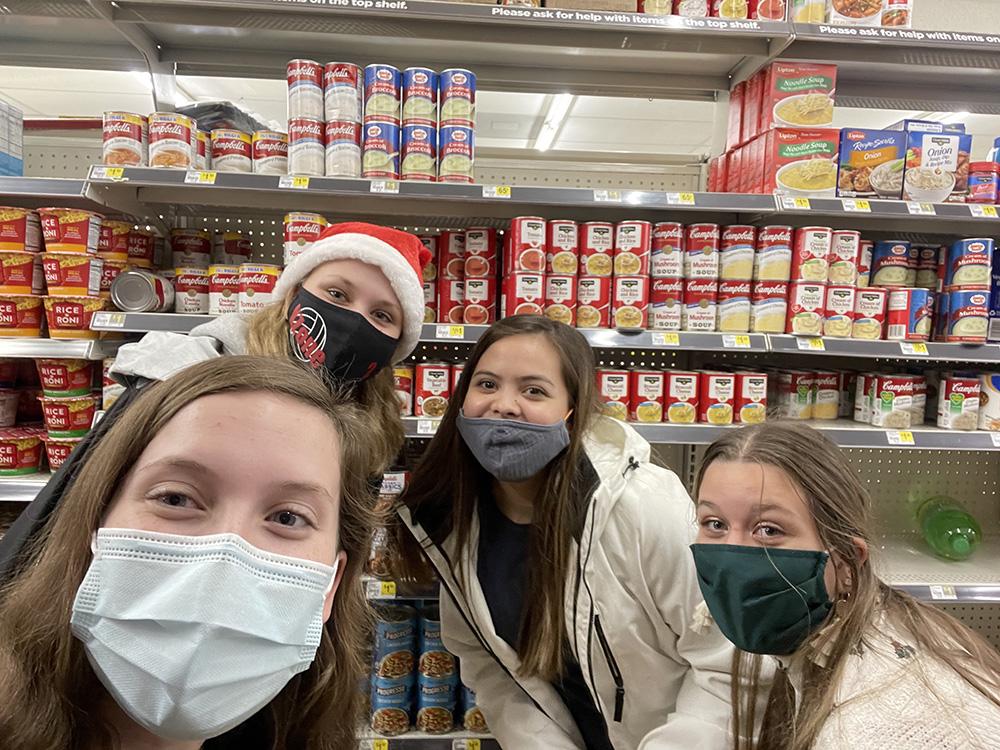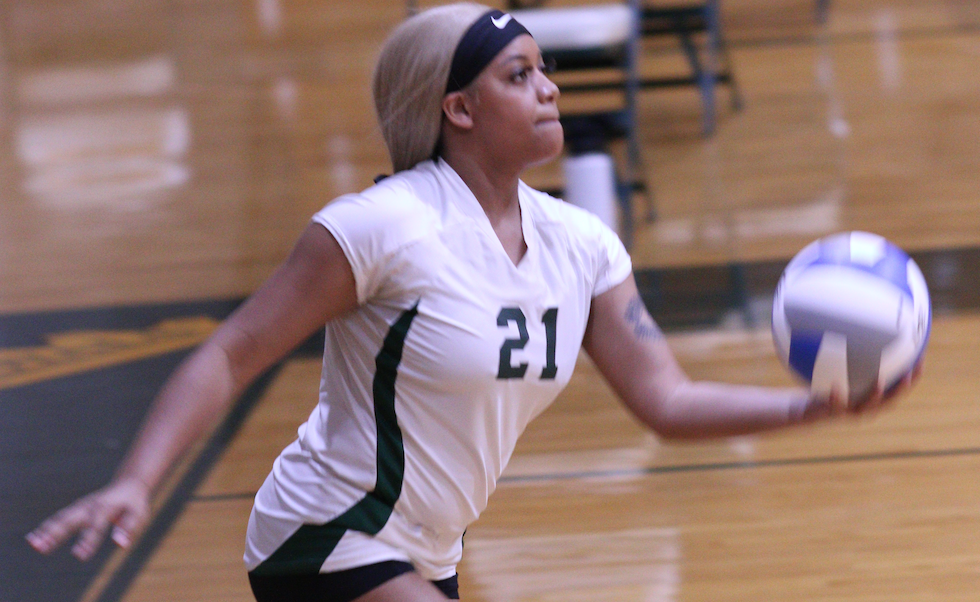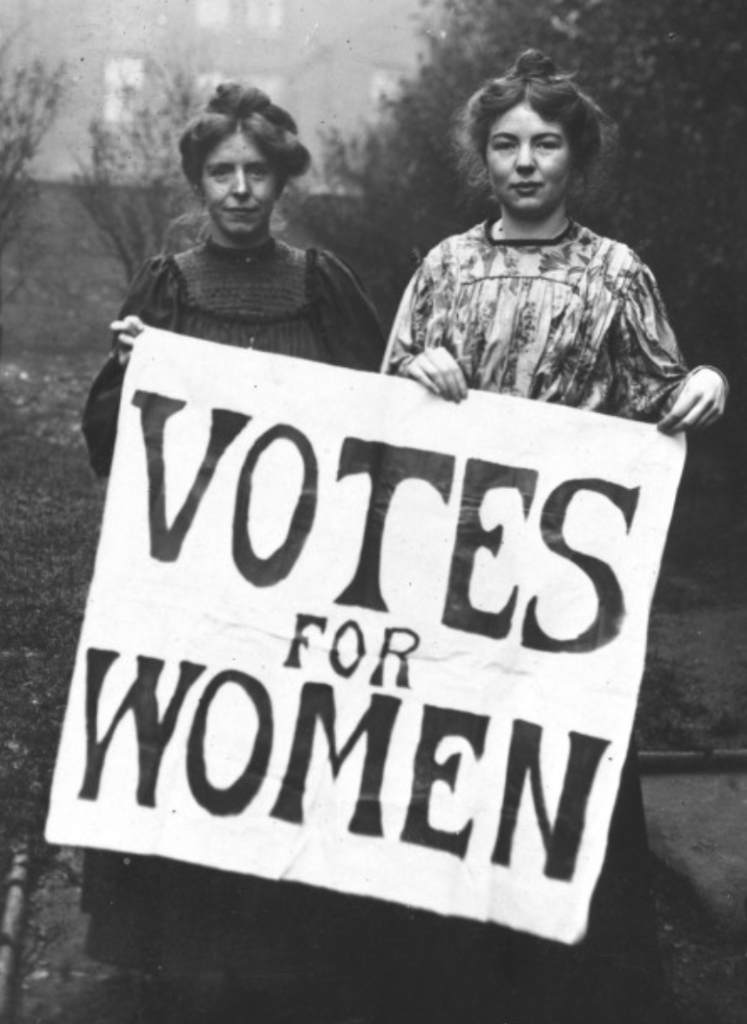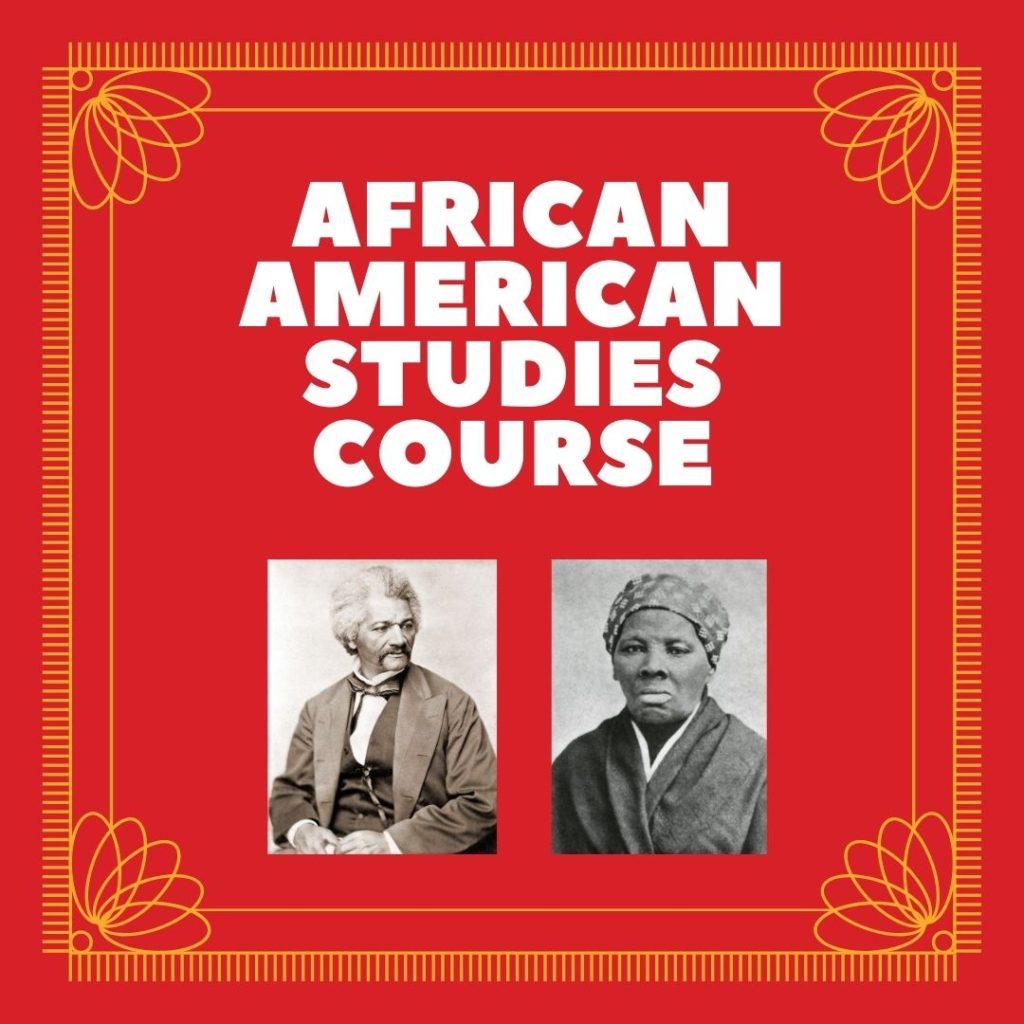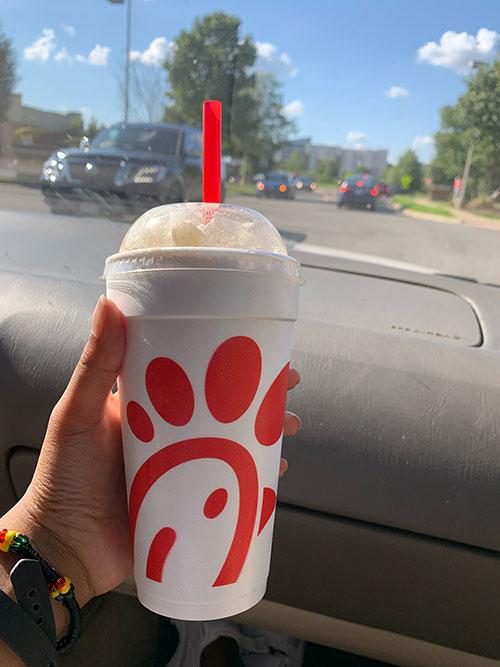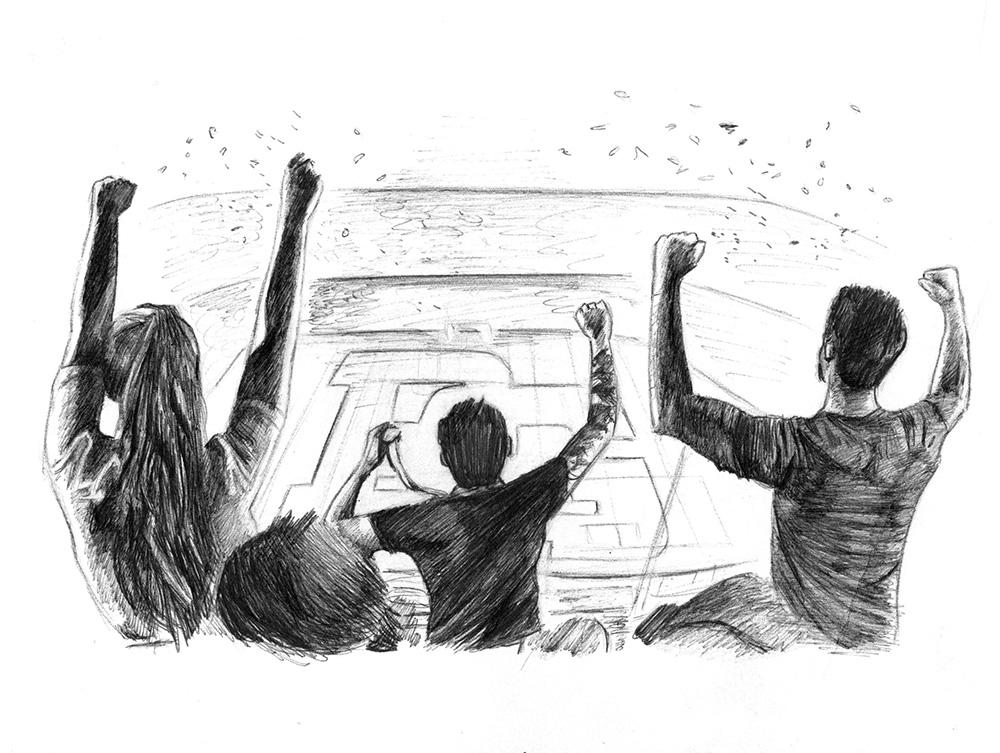Students are faced with more students in classrooms than previous years. Some say it hinders learning, while others say it can be beneficial to students in the long run.
By Danielle Marshall
To multiple students, large classes may seem like a huge headache filled with tons of voices and too much body heat. However, have you figured out how much populated classes can help you more than hurt you?
By having more students in class, we as students and people are able to grow not only as teenagers but adults as well. Full classes give us the unique opportunity to work and see other walks of life other than our own. It lets students learn from other students and see what studying and learning habits work best for them.
The habit of communicating better with teachers can also improve. Even though most of our teachers offer time after school to talk to them, rarely do we take advantage of it. Since the opportunity to talk one-on-one with the teachers is gone with their attention spread thin, setting up appointments with teachers is a vital objective to help keep your grades up.
Not only does talking with teachers keep that honor roll in sight, but also large classes often push students to stand out from the crowd. Getting put in a populated class gives the student the opportunity to work hard and do their absolute best. Being pushed to work harder should seem as more of a positive than negative.
“Most” of us after high school hope to attend college, and in college, large classes, especially freshmen year, are the norm. According to admissions.yale.edu/teaching-and-advising, 40 of their classes offered enroll more than 100 students. This makes a class with 25+ students seem like a cakewalk. To the majority of the student population now, large classes may seem like a hindrance, but the skills and teacher communication techniques that are learned this year will prove priceless later in life and in college. Independence is a lesson better learned earlier than later.
By Tiana Kelly
With students in transition from junior high and new students coming from across the nation because of Fort Lee, there has been an overcrowding in not only classes, but lunches as well.
The National Education Association (NEA) says that 15 students in a class is a perfect teacher to student ratio. A 29 to 1 student to teacher ratio is not good. It does not give much opportunity for the students to talk individually to the teacher. Less attention is on one student because the teacher has 28 other students to tend to. It can be difficult for a student who needs help but is scared to ask for help or questions in front their fellow peers.
For many student in large classes, the only time to receive help is after school, when they have extra activities. With a lot of students some questions can’t be answered. The teacher may try their best to give the class their full attention and sometimes the only time they can help them is during extra time extra help or after school. Teachers may have a difficult time interacting with students or trying to know what each student is thinking.
There can also be many distractions with overpopulated classes. Sure there can be distractions in any class, but with more students it is harder to pin point the distractions or minimize them. Many think that having large classes help prepare students for college but in reality it could be setting them up too soon.
The attention span is shorter when there are more students in a class. Less students pay attention. Thirty-one students in a high school class is different when there are 60 students in a college class because there is more room and it is not as crowded.
